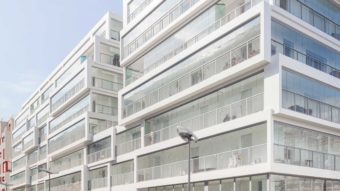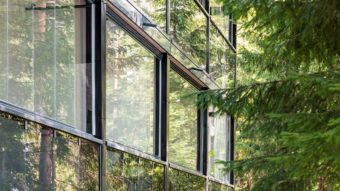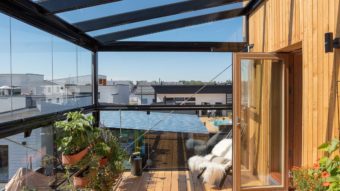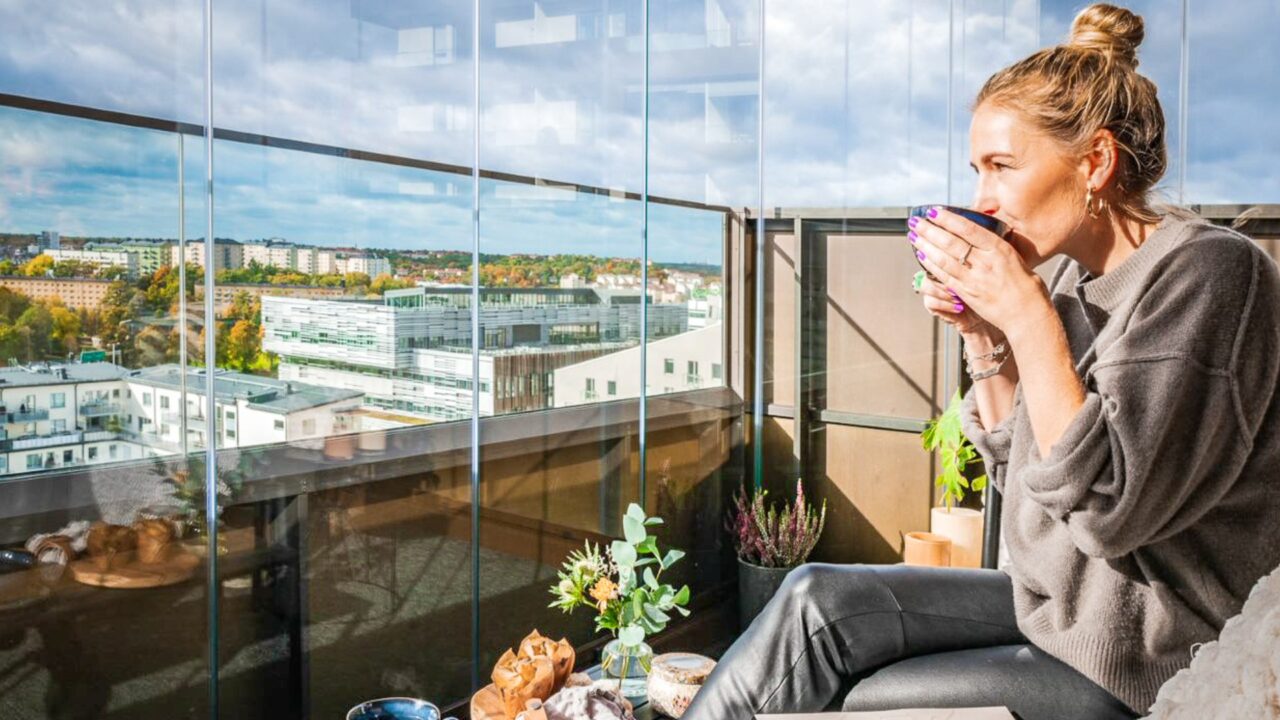
The rise in wellness architecture
And how balcony glazing is helping to support the transformation
The rise of wellness architecture
Architectural spaces have long been recognized to promote social order and interaction with others as well as the environment. However, the connection of architecture and wellness has only become a popular topic in recent years, the pandemic acting as a catalyst in the conversation. In 2022, the theme of the World Architecture Day was even coined: “Architecture for well-being.” The discourse around wellness and architecture has given birth to a concept fitting in its name: “wellness architecture.”
ArchDaily (2022) describes wellness architecture as consisting of:
- Building design which supports the health of the environment and the inhabitants of the building
- Optimized lighting and accessibility
- Sustainable and non-toxic building materials
- Stimulation of outdoor environments
- Alleviation of stress through design
- Meaningfulness of spaces
Rediscovering the balcony
One space which was practically re-discovered during the pandemic was the balcony. The reduced pollution and noise from the lockdowns enabled residents to gather together on balconies safely, making the most of the outdoors available to them. As life resumed to its normal pace, however, residents retreated back to the inside of their homes, where the sensory load was deemed to be more bearable.
This brought to light an important question: How can balconied be redeveloped to support architectural wellness, even outside the pandemic? The balcony holds great untapped potential, and retractable balcony glazing has stepped up to provide a solution. If only balconies were more usable and limited in exposure to pollution and noise, it is clear that inhabitants would be making better use of them.
Professor of Building Science at the University of Toronto, Ted Kesik, notes of the glazed balcony: “it’s comfort, it’s enjoyment, it’s security, its safety… it’s a really great environment.” The retractability of the glazing also enables the full embracing of nature when the weather is favourable. Residents can easily adjust the balcony environment to be in alignment with the sensory load coming in from the outside.
Architectural wellness and the glazed balcony
When re-visiting the constituents of architectural wellness, the connection to glazed balconies is clear.
- Balconies support the health of the environment by acting as a buffer zone, and thus providing energy savings to the building – at the same time, the inhabitants enjoy additional usable space
- Lighting is optimized through seamless design, protecting inhabitants from the whims of the weather while allowing for the maximization of natural light
- Glazed balcony spaces support accessibility by giving those with limited mobility easy access to the outdoors, whilst also creating a safe space for pets and children
- Aluminium and glass are recyclable materials with a long lifetime
- Nature is literally brought “into the home” with the transparency of the glass design, the retractability of the glazing providing opportunity to access surrounding nature fully – the glazing also significantly extends the growing season of plants, providing plenty of opportunity for the creation of “green spaces”, often recognized to aid in the reduction of stress levels
- Lumon’s glazed spaces provide opportunity to spend an increased amount of time on balconies, and to create more meaningful moments by expanding the usability of the home
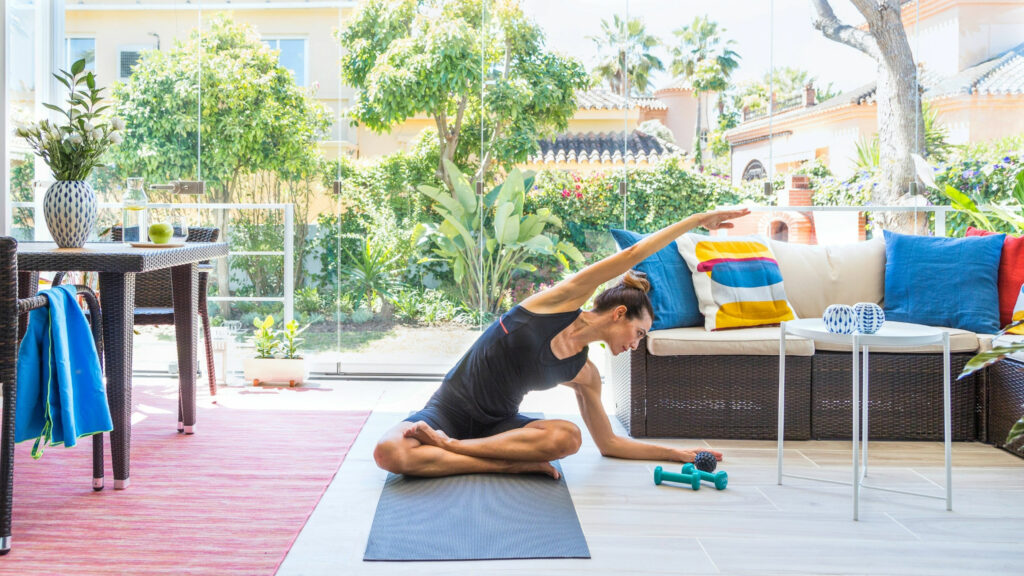
Towards a better future of balcony design
Balcony design, specifically when conceptualized with retractable balcony glazing, holds lots of untapped potential in transforming buildings to support architectural wellness. With World Architecture Day 2023 around the corner, carried with the theme: “Toward a better urban future,” the conversation of better balcony spaces continues on.
Read other related blog articles
-
Beyond architectural beauty: Making intelligent, sustainable buildings
Read more…The field of architecture is constantly evolving and changing. With its multi-faceted nature, there are more and more things to take into consideration as professionals. One of the things, of course, is energy-efficient thinking in collaboration with building science.
-
Lumon integrated and energy saving balcony systems
Read more…The fact is that all kinds of production jobs call for energy and result in emissions. Rare are such products that allow for as fast compensation of their environmental impacts as the balcony and terrace glazing solutions. It takes, on average, somewhat over three years to compensate for the negative environmental impacts that result from the manufacture, transport and installation of the glazing, besides considering the energy savings that have been obtained through using the glazing.
-
4 ways balcony glazing promotes a sustainable lifestyle
Read more…Energy savings is a hot topic, and it deserves our attention as well. The world is in the middle of an energy crisis that is impacting everyone. Being at home has also become a familiar concept to many in the past years, but what about the energy costs that are now involved with being at home? How can we move towards more energy-efficient living, without compromising on comfort?
